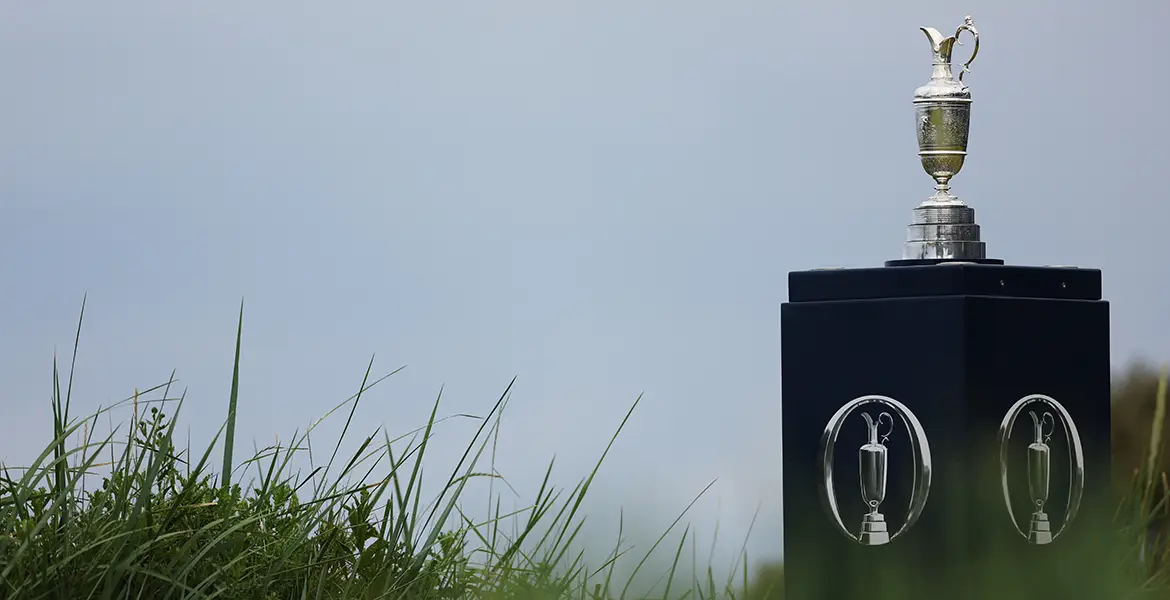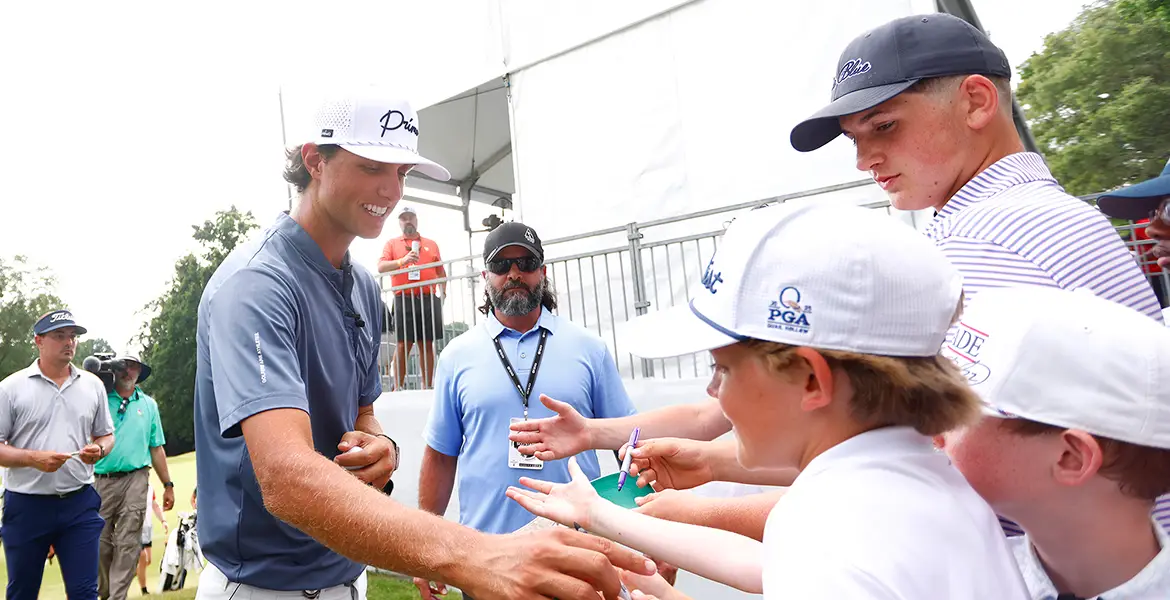Not since the day in 1963, when I slinked out of the Pearl River Public Library with an illicit copy of The Tropic of Cancer have I been shocked by anything I’ve read in a book. Not, that is, until last week when I dipped into a chapter of Robert Browning’s A History of Golf.
You see, I’d always believed that golf, since time immemorial, has been a game in which each competitor plays his own ball from tee to green, without interference by the opposition. Then I read the following passage, describing a rule in force at St. Andrews precisely a century and a half ago:
“When the ball lies in a hole or in any place that the player considers is not playable, he shall, with the consent of his adversary, lift the ball, drop it in the hazard, and lose a stroke. Should the adversary say, however, that he thinks the ball playable, he (the adversary) plays the ball; if he makes the ball playable in two strokes, the two strokes count as if the player had played the ball. The player then plays the ball as if he himself had played it out. But if the adversary does not get the ball out at the two strokes then, as stated above, it is lifted and dropped, a stroke being lost.”
Can you imagine? Fergus and Sandy are standing beside a deep, boggy ditch on the fourth hole. Fergus looks haplessly at his ball and says, “Auch, ah canna git it oot,” to which Sandy replies, “Aye, but ah can—joost you watch me!” He swaggers in with his niblick, takes a couple of agricultural swipes, and when the muddy gutty emerges from its grave, Fergus gets tagged with two strokes!
The spirit behind this was laudable—play the ball as it lies (or else your opponent may)—but the rule had a couple of obvious flaws. To begin with, it favored the player who was more skilled or at least more powerful (or at very least more dimwitted—willing to wade into all manner of peril for the sake of gaining a one-stroke edge). After all, a lie that you or I deem patently unplayable may, to Tiger Woods, be nothing more than a spirited swish with an 8-iron.
On top of that, it gave the adversary a free whack at his opponent’s ball. If he failed, his opponent still got a one-stroke penalty, if he succeeded his opponent got two strokes, and if the “recovery” shot were played with a sufficient combination of deftness, cunning, and malice the resulting lie might be only marginally better than the original one—behind a bush perhaps, or in the same deep boggy ditch, only a foot removed from its original position but now hittable.
I suppose it’s little wonder this rule lasted only five years (1852–1856) before sanity returned at the Royal & Ancient Golf Club. Still, there was something darkly appealing about it. I think, in fact, the rule might have been saved—and the game of golf changed immeasurably—with the introduction of one little wrinkle: Any adversary inclined to give his opponent’s ball a couple of swipes would do so at his own risk—if he failed to extricate the ball, two strokes would be added to his own score. The opponent would still get a one-stroke penalty but he would thereby gain a stroke on his brash adversary rather than losing one (or two). Now that would have put some color in the game!
If such a deliciously vindictive rule were part of the game today, I suspect I’d enjoy golf even more than I do. Indeed, had I been around eight hundred years or so ago, when all those alleged progenitors of golf—kolf, kolven, jeu de mail, pall mall, etc.—were afoot, I’m convinced I would have lobbied passionately for global adoption of a game called chole.
Thought to have originated in Belgium and northern France, chole was a team affair played cross country with an exuberant nastiness for which the French seem to have a particular genius. The two teams selected a distant target, say a church door in the next town, and then proceeded to bid for the chance to play toward it. “We can get there in 52 turns,” the first team would say, after which the other team would huddle for a bit and reply, (in the manner of the old TV Show “Name That Tune”), “we can get there in 48.” The bidding would continue until one team said to the other, “Okay it’s yours at 43 turns—bon chance, mes amis!”
The bid-winning team then played one turn, which consisted of three shots toward their target, after which the opposing team was allowed one shot—called a déchole—the object of which was to deposit the ball into the worst imaginable lie. From there, the offense got another three advancing blows, followed by another thwart by the defense, and so on until the church door either was reached in the predicted number of turns or not.
References to chole date back to the 14th century, and the evidence is that it was played for at least two hundred years. A display case in the Royal & Ancient Golf Club shows the weaponry: egg-shaped beechwood balls and hefty wood-shafted clubs with two hitting faces, a flat part for driving the ball and a curved, concave side for those pesky extrications.
Sadly, the game never caught on. Maybe they lost all the balls. Maybe no one survived the mid-match brawls. Whatever the reason, it’s a great personal disappointment. Chole, I think, would have suited me far better than golf.
I guess it’s in the public interest, therefore, that I often play as a single.






